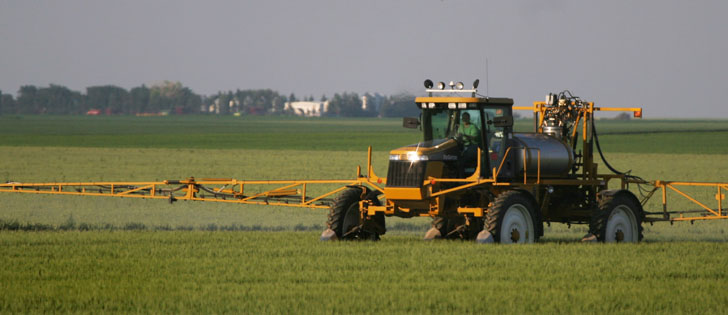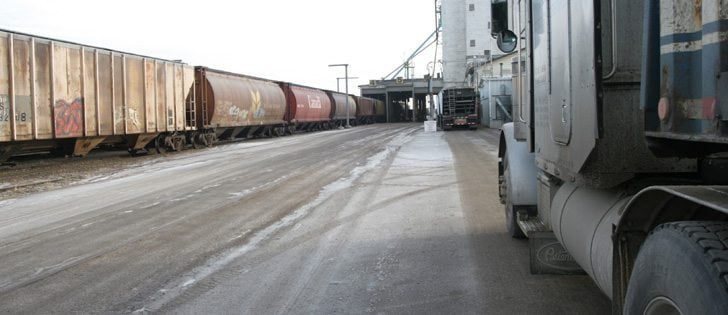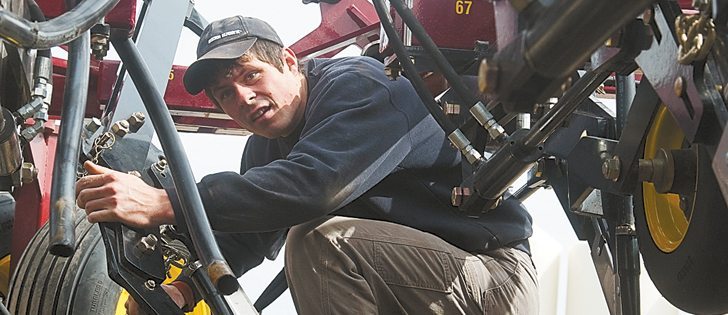Historic in scope A key goal is to make sure companies have systems in place to ensure safe food
QUEBEC CITY — The federal Conservative government and the Canadian Food Inspection Agency are launching the most far-reaching food inspection reform initiative in the agency’s 15-year history.
“I would say the stars have aligned to allow historic change,” CFIA president George Da Pont said May 31 in a speech at the Canadian Meat Council annual meeting.
Agriculture minister Gerry Ritz is committed to change, he said.
Industry has long complained about the complexity of existing regulations.
Food industry advances and scientific developments have made it possible to more closely monitor food safety.
Read Also

Canola oil transloading facility opens
DP World just opened its new canola oil transload facility at the Port of Vancouver. It can ship one million tonnes of the commodity per year.
As well, an explosion in food trade and new products has created the need for closer alignment of rules governing food safety between countries.
Da Pont said the proposal is to consolidate legislation and regulations that govern CFIA, created in 1997 to amalgamate inspectors from various food industries. It runs eight separate food inspection programs for different industry sectors, often with different rules and standards.
As part of the reform, new food safety legislation could be introduced in Parliament as early as this month.
And the goal is to focus CFIA responsibilities on food safety outcomes and a “systems” approach to make sure food industry players have systems in place to ensure their product is safe. The most resources and attention will be placed on higher-risk sectors of the industry and food chain.
While there still will be front-line food inspectors, the emphasis will move toward systems oversight.
Regulations will be streamlined, rules for company compliance will be made consistent across industries and a single licensing system will be implemented for companies in all sectors subject to CFIA regulation.
“It is a strengthening of the existing inspection approach by creating a balance between traditional visual inspection and verifying industry prevention control systems,” CFIA vice-president Cameron Prince told the CMC meeting.
The agency has posted a seven-page document, The Case for Change, on its website and is calling for public and industry response.
Implementation of the new system is projected for the autumn of 2013.
Industry representatives at the CMC meeting were enthusiastic about the food inspection reform plan and Da Pont made it clear an intent is to make the system more industry friendly. He said CFIA and food companies share a goal of food safety.
“My philosophy is that CFIA has to have a close working relationship with all regulated parties,” he said. “I believe that we need to have a good understanding of your issues and the implications of our decisions as part of our regulatory and compliance procedures. I do not see that as compromising in any way our independence or impartiality as a regulator.”
In an interview, Da Pont said he expects the proposals will stir political controversy and lead to accusations that the food inspection system is being watered down to allow lower industry standards and less safe imports.
But the CFIA and government will fight back with a different message.
“This is not about cuts or compromising food safety,” he said. “In fact, the numbers of front line inspectors are greater now than they have been in the history of CFIA.”
In the face of complaints from the inspectors’ union about a reduction in front line inspectors, the agency recently posted information on its website that indicates the number of field inspection staff was 3,534 in March, a 500-person increase in the past six years.
In addition, new money is being invested for better inspector training and equipment.
The agriculture union of the Public Service Alliance of Canada, representing the inspectors, has not formally reacted to the agency plans but in the past has alleged that many of those additional inspectors are auditing company reports and not involved in actual food inspection.
Prince said one of the improvements will be to move the CFIA from the paper and fax era to electronic data.
Da Pont said the current system is good but a bit dysfunctional and chaotic.
“Canadians have confidence in it but their expectations are increasing and there is little tolerance for risk,” he said. “Why would anyone tolerate risk with what they are giving to their children?”
















